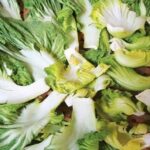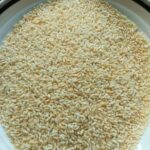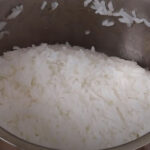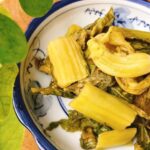Rice wine is a traditional dish commonly enjoyed during the Duanwu Festival. It has a cooling effect and aids digestion. This delicacy is often indispensable during the festival and is also a delightful treat for hot summer days. Rice wine improves cardiovascular function and boosts immunity…. thanks to its rich nutritional content and antioxidants.
Rice wine is typically made from glutinous rice, either purple or white. When consumed, it has a sweet, sour, and slightly spicy taste. The longer it’s left to ferment, the stronger the alcohol content, and thus, the spicier it becomes. A well-made rice wine should have round, intact grains, a fragrant aroma, and a sweet and sour taste with minimal spice.
It also serves as a wonderful ingredient to enhance the flavor of other dishes, such as adding it to chicken hot pot to create a delicious and sweet soup base.
In the past, most families would make their own rice wine for the Duanwu Festival. Nowadays, many people buy it from the market. Why not try making it at home for your family to enjoy?
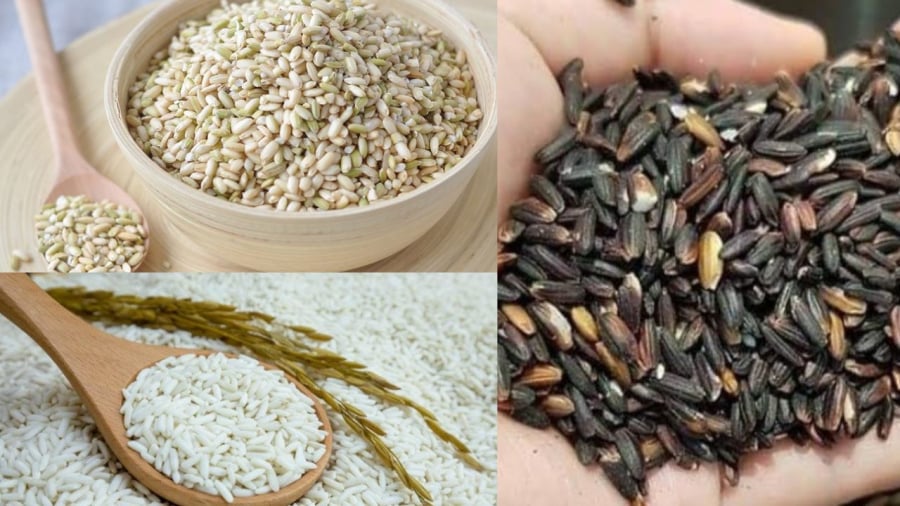
You can use either purple or white glutinous rice, or even regular white rice, but purple and white glutinous rice are the most common choices for making rice wine.
Prepare the Ingredients
– Glutinous rice, either purple or white, depending on your preference. Typically, purple and white glutinous rice with the outer husk intact is used as it results in more intact grains, a more fragrant dish, and higher fiber content. The amount of rice depends on the number of family members.
– Wine yeast. When purchasing from the market, ensure you buy good-quality yeast. The amount of yeast should correspond to the amount of rice. Generally, 4 yeast balls are used for 1 kg of rice. Take note that using too much yeast will make the rice wine overly spicy, while using too little will result in insufficient fermentation, leading to a less sweet and less fragrant dish.
Preparation
– Soak the glutinous rice in clean water for about 8 hours, or overnight. Soaking helps remove phytic acid, which inhibits nutrient absorption.
– After soaking, rinse and clean the rice, removing any remaining chaff.
– Cook the rice as you would normally cook rice, or steam it like you would for sticky rice. Use slightly more water than you would for regular white rice.
– Once the rice is cooked, spread it out on a tray or large plate to cool and separate the grains.
– Grind the yeast and sift it through a fine mesh strainer to obtain a fine powder, removing any large pieces of husk or yeast balls.
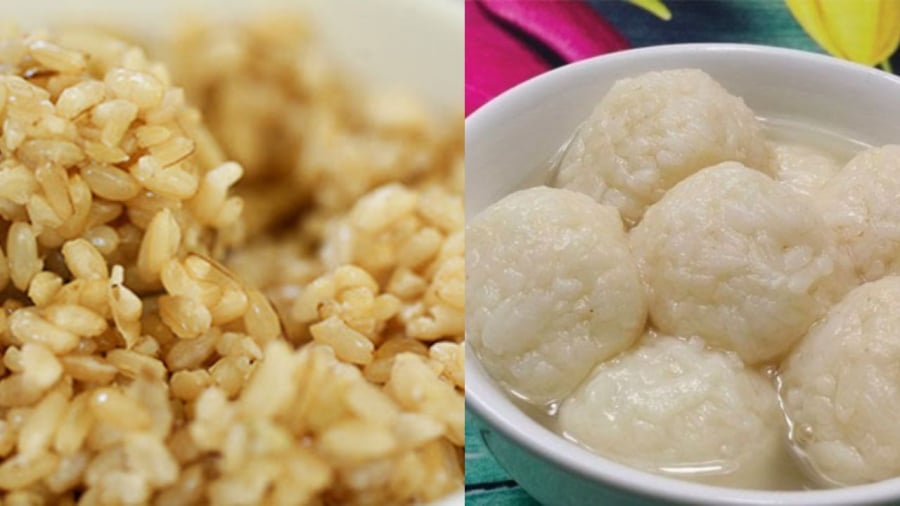
The northern method of fermenting rice wine involves spreading the grains out, while in the southern style, they are shaped into balls.
Fermentation Process
– Once the cooked rice has cooled, transfer it to a jar, bowl, or container. Sprinkle the yeast evenly over the rice, and mix it with chopsticks until the yeast is well distributed. Cover the container and store it in a cool, ventilated place.
– Leave the rice wine to ferment for 3-5 days, depending on the temperature and the amount of yeast used.
– You can also shape the rice wine into balls, wrap them in banana leaves, and place them in a basket, with a bowl underneath, following the southern style.
Note: To prevent mold from forming, it’s recommended to mix the rice and yeast daily to ensure even distribution.
The final product is a fermented rice wine with a sweet, spicy, and sour liquid. When you open the container, you should notice a pleasant fragrance without any overpowering alcohol fumes. If the aroma is too strong and spicy, it indicates that there was either insufficient yeast or an excess of it.
“The Ultimate Guide to Cracking Without a Potter’s Wheel: A Simple 2-Ingredient Method”
Creating your own mosaic tiles at home is a fun, convenient, and cost-effective way to add a unique and personalized touch to your space. With a bit of creativity and some simple tools, you can transform everyday materials into stunning mosaic masterpieces that will impress and inspire. So, get ready to unleash your inner artist and discover the joy of crafting your very own mosaic tiles!

























